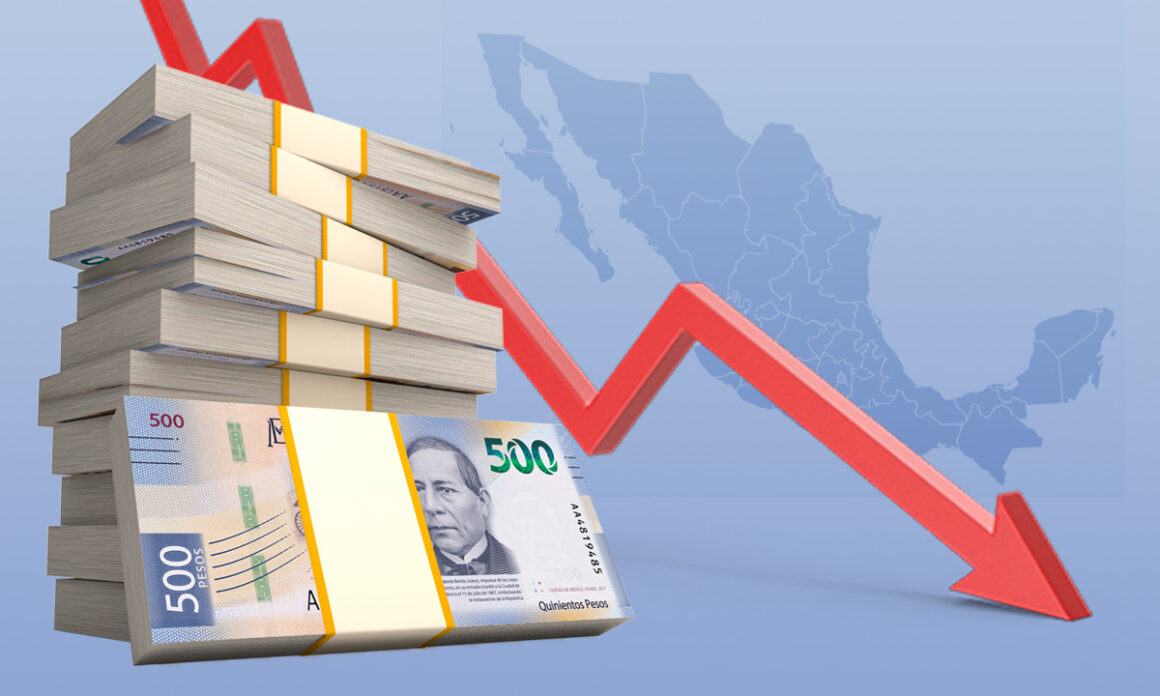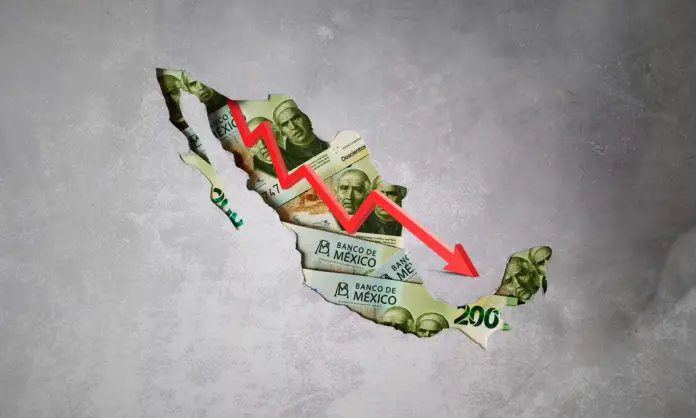The contraction of the country’s gross domestic product (GDP) is concentrated in the decline of the industrial sector.
Economic uncertainty has begun to take its toll on Mexico. The country’s economy contracted by 0.3% in the third quarter of 2025, according to data from the National Institute of Statistics and Geography (Inegi), published this Thursday. The stagnation of economic development has been reflected mainly in secondary activities, that is, in manufacturing, construction, mining, and energy. Latin America’s second-largest economy has been at the forefront of the pressures from Donald Trump’s tariffs, and this has begun to be reflected in various indicators. The slowdown in private investment and the growth of informal employment have been the first signs that the country is not proceeding with caution.
On an annual basis, the Gross Domestic Product (GDP) has also contracted by 0.3%. Data from INEGI (Mexico’s National Institute of Statistics and Geography) reflects that in the third quarter, which spans July to September, secondary sector activities fell by 1.5%, and year-on-year by 2.9%. This same week, INEGI published the National Survey of Occupation and Employment, which showed a slight decline in formal employment. The data indicated that job losses were concentrated in a 9.22% drop in the mining and electricity industries and a 2.57% contraction in manufacturing. “The economy has slowed compared to last year, mainly due to fluctuations in investor confidence following the 2024 elections in Mexico and the United States, persistent uncertainty surrounding U.S. trade policy, and the legacy of reforms by former President Andrés Manuel López Obrador, which include changes to the judiciary,” notes Barclays.
Since 2023, Mexico has not achieved quarterly growth exceeding 1% and has not surpassed 2% for at least five years. The real possibility of a recession emerged at the beginning of the year, after the economy contracted by 0.6% in the last quarter of 2024. The climate of nervousness intensified with Trump’s arrival at the White House. However, negotiations between the Republican and Mexican President Claudia Sheinbaum regarding tariffs have served as a buffer against an economic collapse.
Economist Gerardo Esquivel points out that the uncertainty, in addition to being external, is also domestic, driven primarily by the judicial reform undertaken by Claudia Sheinbaum upon assuming the presidency. “We have managed to avoid the recession that seemed very imminent at the beginning of the year. Despite the tariffs and Trump’s threat, exports have continued to grow,” he commented on Wednesday at the No Money Forum organized by BBVA and EL PAÍS.
The shadow of recession that loomed over the country a year ago has not dissipated, at a time when economic indicators are weak in some sectors and resilient in others. “The figures do not yet show a deterioration deep or prolonged enough to speak of a formal recession. It is likely that by year-end the figures will indicate that the economy continues to grow, but the momentum has weakened considerably, and most short-term indicators point toward a scenario of prolonged stagnation,” notes Gabriela Siller, director of economic analysis at Banco BASE, in her report on the Mexican economy in the third quarter.
In recent months, the main multilateral organizations have adjusted their growth forecasts for the end of the year. The International Monetary Fund (IMF), for example, has estimated that Mexico will grow by 1% by the end of 2025. The market has also shown optimism about the start of 2026, in which the country will have to review the free trade agreement with the United States and Canada (USMCA). “We anticipate a slight recovery in Mexico’s growth for the fourth quarter and next year, although it would remain below the long-term average,” estimates Banamex.

Source: elpais




